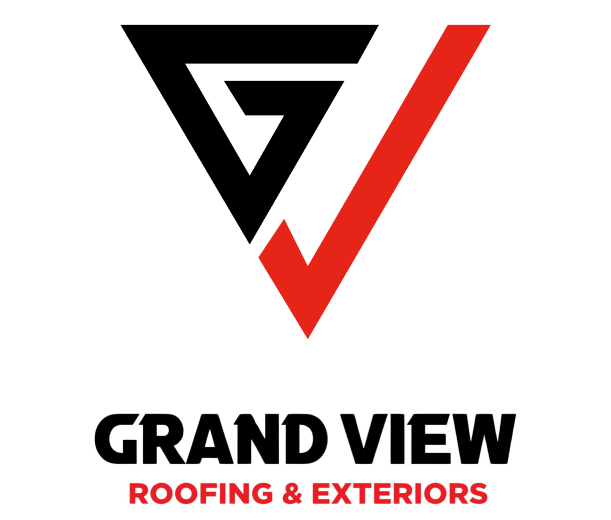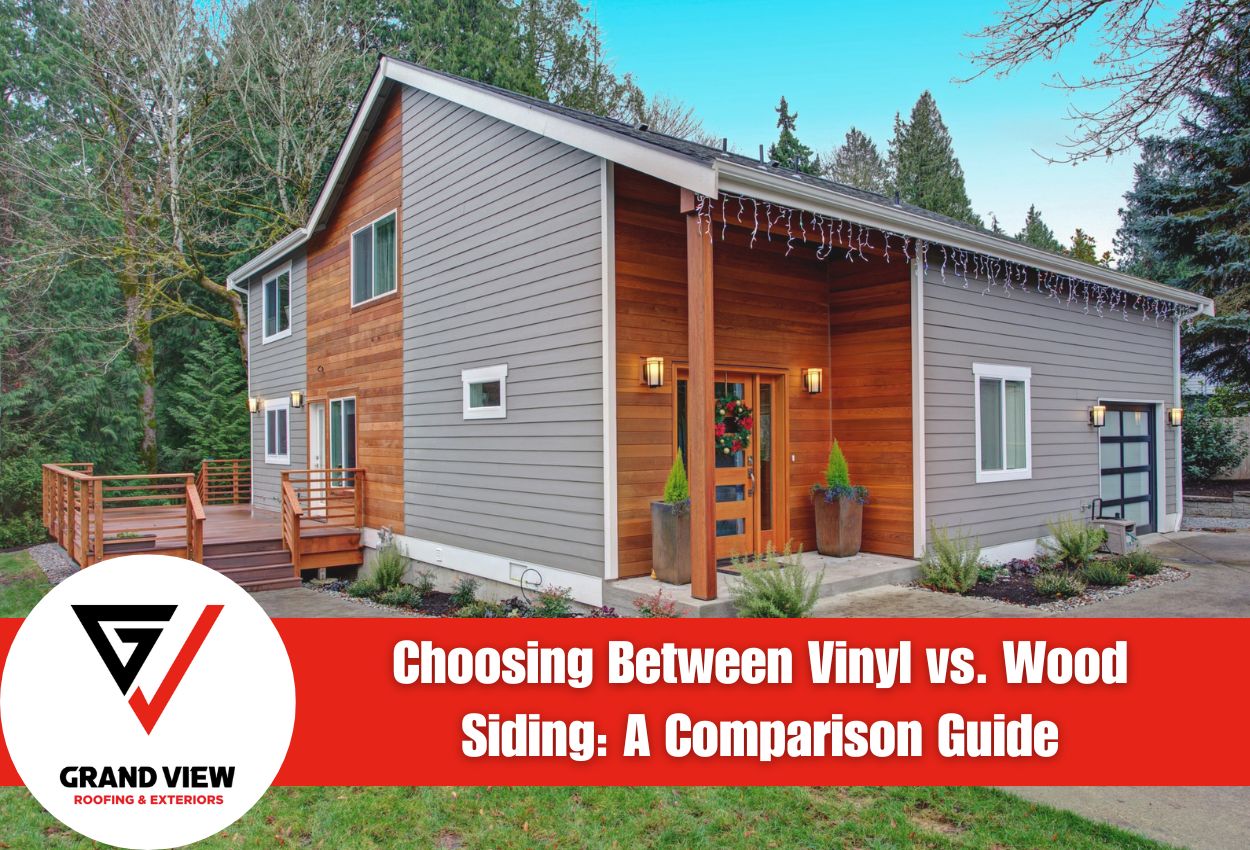For South Jersey homeowners, selecting the right siding material may be one of the hardest decisions in home exterior planning. The region’s seasonal climate, featuring humid summers, cold winters, and coastal influences, creates unique challenges that directly impact how siding materials perform over time. When considering vinyl versus wood siding, understanding how each option responds to these local conditions becomes essential for making a lasting investment in your home’s protection and appearance.
Both vinyl and wood siding offer distinct advantages and limitations that extend beyond simple appearance. Vinyl siding has gained popularity for its weather resistance and minimal maintenance requirements, while wood siding continues to appeal to those seeking natural beauty and traditional charm. The differences in durability between the two, their maintenance demands, and their expected lifespans represent critical factors that influence the overall value they provide for South Jersey homes.
This comparison examines how vinyl and wood siding options stack up across multiple performance categories. By understanding the practical implications of each material choice, from initial installation to long-term resilience against South Jersey’s weather patterns, homeowners can make informed decisions aligned with both their aesthetic preferences and practical requirements for exterior home protection.
Who Wins at Durability? Vinyl vs. Wood Siding
When it comes to protecting South Jersey homes, the durability of your siding plays a crucial role in its long-term performance. Vinyl siding has established itself as a resilient option in our coastal environment, offering significant resistance to common threats. Most modern vinyl products can withstand wind speeds up to 110 mph, which is a notable advantage during strong coastal storms. Additionally, quality vinyl resists impact damage from hail and debris, though extreme weather events can still cause cracking or denting in severe cases.
Wood siding presents a different durability profile altogether. Cedar and redwood varieties naturally contain oils that provide some resistance to moisture and insects, which is especially important for South Jersey’s humid environment. However, even these naturally resistant woods remain vulnerable to termites, woodpeckers, and moisture infiltration without proper maintenance. Near coastal areas, wood siding faces accelerated weathering from salt spray, potentially reducing its structural integrity over time.
The lifespan comparison between these materials tells an important story: properly maintained vinyl siding typically lasts 20 to 40 years before needing replacement, while wood siding’s longevity ranges from 25 to 30 years, depending on maintenance practices and environmental exposure. For South Jersey homeowners, this difference in durability not only represents how long it will appear to be in good condition, but also the extent of time it can protect against our region’s unique weather challenges.
What to Expect when Maintaining Each Material
Understanding the maintenance requirements of different siding materials helps South Jersey homeowners make informed decisions that align with their lifestyle and long-term property goals. The contrast between vinyl and wood siding maintenance needs is perhaps one of the most significant factors influencing homeowner satisfaction over time.
Vinyl siding requires remarkably low maintenance. Typically, a simple annual cleaning with water and mild soap is sufficient to remove accumulated dirt, pollen, and mildew. Using a soft-bristled brush or pressure washer set to low prevents damage while restoring the siding’s appearance. South Jersey’s proximity to the coast means occasional salt residue may require the siding to be rinsed more frequently in some areas, but no special treatments or products are needed. The color stability of modern vinyl means no repainting is required, even after years of sun exposure.
Wood siding, by contrast, demands a more rigorous maintenance schedule. In South Jersey’s humid climate, wood typically requires repainting or restaining every 3 to 5 years to maintain its protective barrier. Between these major maintenance events, annual inspections are essential to identify early signs of moisture damage, insect activity, or peeling paint. Caulking around seams and transitions needs to be checked regularly and replaced if necessary in order to prevent water infiltration. Wood siding also benefits from periodic cleaning to remove mold and mildew growth, which thrives with the humidity levels in our region. These ongoing maintenance requirements represent a significant commitment in time and resources compared to vinyl’s minimal needs.
Which is More Versatile In Appearance?
When it comes to curb appeal, both vinyl and wood siding offer distinct advantages in the appearance of South Jersey homes. Vinyl siding has evolved dramatically from its early days, now available in an impressive range of over 350 color options certified for color retention. Modern manufacturing techniques have also improved texture choices, with realistic wood grain patterns, shake-style finishes, and board-and-batten designs that can complement Colonial, craftsman, or contemporary South Jersey homes.
Wood siding, however, delivers unmatched natural beauty and authentic character that many architectural purists prefer. Each wood species brings its own unique grain patterns, natural color variations, and aging characteristics. Cedar offers rich reddish-brown tones that weather gracefully to a distinguished silver-gray, while pine can be painted in virtually any color palette to achieve classic looks perfect for historic South Jersey neighborhoods. Wood siding allows for custom detailing, intricate trim work, and architectural elements that showcase craftsmanship in ways vinyl simply cannot match.
For South Jersey homeowners concerned with architectural authenticity, wood siding remains the gold standard for historic homes and craftsman-style properties. Meanwhile, vinyl provides reliable aesthetics with significantly less maintenance, making it appealing for homeowners who want attractive curb appeal without the ongoing commitment of wood maintenance. The choice ultimately balances visual preferences against practical considerations for the needs of your specific property.
Surviving South Jersey’s Weather Patterns
South Jersey creates specific challenges for exterior siding materials. With humid summers, freezing winters, coastal influences, and occasional severe storms, homeowners need siding that can withstand these diverse conditions year after year. Understanding how vinyl and wood siding perform in our local environment helps make an informed decision for long-term satisfaction.
Vinyl siding excels in South Jersey’s climate. Its synthetic composition resists moisture absorption, preventing the warping and rotting that can occur with organic materials. During summer humidity spikes, it maintains its shape and doesn’t swell, while its flexibility allows it to expand and contract during winter’s freeze-thaw cycles. For coastal properties, vinyl resists corrosion due to the salt content in the air that has a tendency to cause other materials to deteriorate. During heavy storms, properly installed vinyl siding with foam backing provides excellent wind resistance up to 110 mph.
Wood siding faces greater challenges with our weather. Its natural porosity makes it susceptible to moisture absorption from South Jersey’s humid air and coastal influences. This can lead to swelling, warping, and eventually rot if it’s not properly maintained. During winter, trapped moisture in wood can freeze and expand, causing splits and cracks. Cedar and redwood offer better natural resistance than other types of wood, but they still require regular maintenance to perform well in our climate. Salt air from nearby coastal areas accelerates weathering along these wood surfaces, demanding the reapplication of protective coatings and sealants.
Consider the Effect On The Environment and Energy Efficiency
When evaluating vinyl vs. wood siding options for South Jersey homes, carefully consider the environmental impact and level of energy efficiency it will provide or sustain. Vinyl siding provides moderate insulation value on its own, with an R-value of approximately 0.61. However, insulated vinyl siding dramatically improves this performance, offering R-values between 2.0 and 3.0 by incorporating rigid foam backing. This enhanced insulation can help South Jersey homeowners reduce energy consumption during both hot summers and cold winters by minimizing thermal bridging through wall studs.
Wood siding offers natural insulation properties with an R-value of around 0.8 per inch of thickness. While this exceeds the thickness of basic vinyl, it falls short of insulated options. Cedar’s natural thermal resistance helps maintain more consistent indoor temperatures throughout South Jersey’s seasonal extremes. Both materials can be installed with proper house wraps and insulation systems to maximize energy efficiency beyond the siding itself.
From a sustainability perspective, wood siding represents a renewable resource when harvested from responsibly managed forests. It biodegrades naturally at the end of its lifespan and requires minimal energy to produce. Vinyl siding, derived from petroleum products, has a larger initial carbon footprint, but it offers environmental benefits through its longevity and minimal maintenance requirements. Newer vinyl products increasingly incorporate recycled materials, and some manufacturers now offer take-back programs for old siding. South Jersey homeowners concerned about environmental impact should consider both the production methods and long-term performance when weighing these siding options.
Making Your Final Decision: Beyond the Basics
When making your final siding decision, South Jersey homeowners should consider return on investment beyond initial installation costs. Vinyl siding typically provides around a 75% to 80% ROI at resale, offering strong value retention while requiring minimal ongoing investment. Wood siding, while more expensive to maintain, can add around 80% to 85% ROI for certain home styles, particularly in historic neighborhoods where architectural authenticity commands premium pricing.
The impact of property value varies significantly depending on the look of your neighborhood context. In South Jersey’s historic districts, properly maintained wood siding can substantially enhance property value by preserving architectural integrity. Meanwhile, in many suburban developments, high-quality vinyl siding represents the neighborhood standard and maintains a competitive market position with significantly lower maintenance demands.
When selecting contractors for installation, look for specific experience with your chosen material. Quality vinyl installers should demonstrate proper techniques for expansion and insulated backing installation, while wood siding specialists need expertise in moisture barriers, proper nailing patterns, and sealing techniques. Always verify credentials, including manufacturer certifications, insurance coverage, and warranties specific to the siding material.
Request recent local references and examine completed projects that have weathered at least one full seasonal cycle. The lifespan difference between vinyl and wood siding makes proper installation even more critical, as improper techniques can dramatically reduce durability regardless of which material you select.
Discover the Best Siding for Your Home with Grand View Roofing & Exteriors
Choosing the right siding for your South Jersey home is crucial, not just for appearances, but also for long-term durability and maintenance. Vinyl and wood siding each offer unique benefits and challenges. If you’re weighing vinyl vs. wood siding, consider how each material will cope with the local climate, level of upkeep, and overall cost.
If you’re ready to make an informed decision or you still have questions about what siding material is best for your home, don’t hesitate to call Grand View Roofing & Exteriors at (856) 305-9883. Our experts are ready to help you choose the perfect siding that meets your needs, enhances your home’s appeal, and withstands the test of time.





 Call Us Today - (856) 305-9883
Call Us Today - (856) 305-9883 
